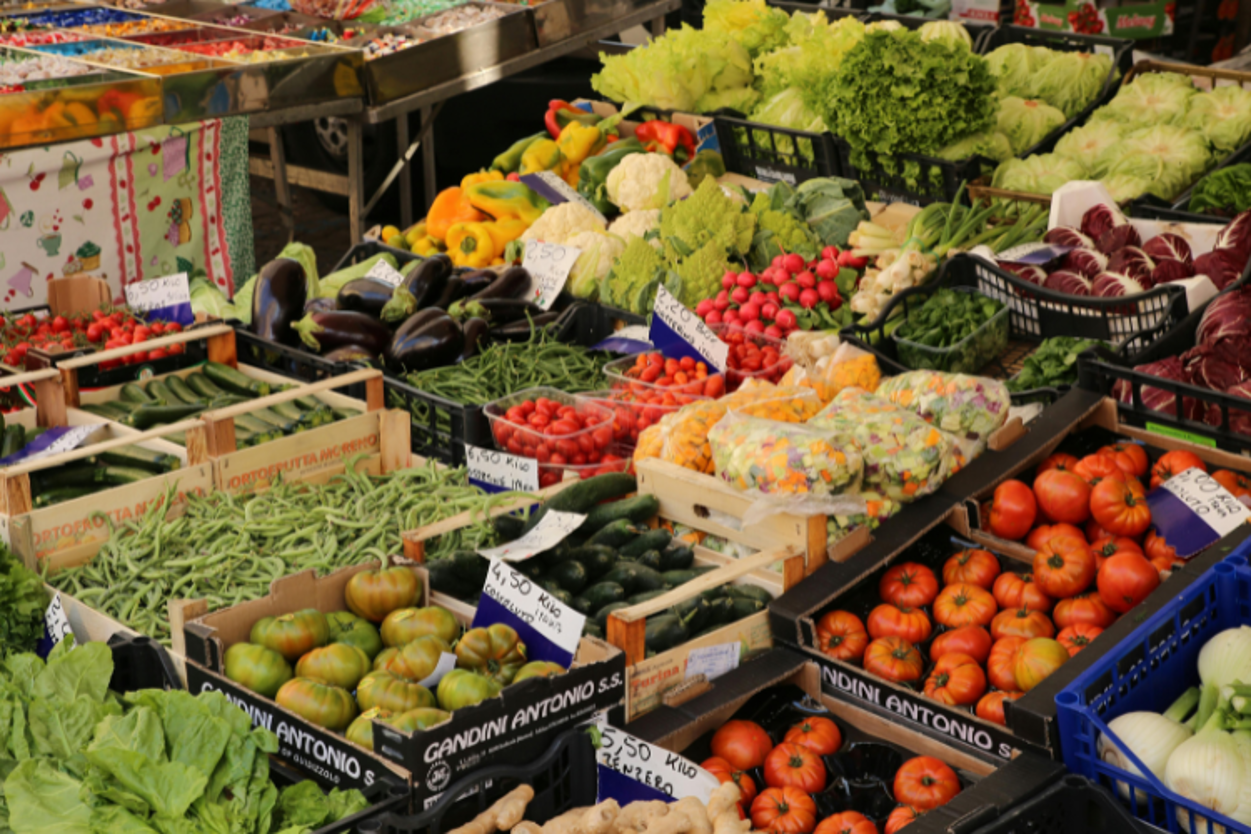
Feeding a family well on a budget isn’t about missing out. It’s about small changes that make every meal feel satisfying without overspending. With the right habits and a few smart swaps, you can stretch your grocery budget and still enjoy delicious meals.
One of the easiest ways to make simple food taste great is by boosting flavor with condiments or spices. A splash of hot sauce or squeeze of citrus can transform the plainest dish. If you love heat and bold flavor, Elijah’s Xtreme is worth trying. Their sauces pack a lot of flavor in just a few drops, making them a cost-friendly way to brighten meals. For example, their ghost pepper sauce adds smoky heat to chili, tacos, and even scrambled eggs without needing extra ingredients.
Plan Your Meals in Advance
Meal planning doesn’t need to be complicated. Choose three solid dinners for the week, leave two nights flexible for leftovers, and pick one quick “pantry meal.” A simple plan keeps you on track, prevents last-minute takeout, and ensures you only buy what you’ll use. Keep a running list of meals your family loves so you can plan faster each week.
Shop Your Kitchen First
Before heading to the store, take stock of what you already have. Check your fridge, freezer, and pantry for items that need using. Half a bag of spinach, a can of beans, or leftover tortillas can guide what’s for dinner. Building meals around what’s already in your kitchen helps reduce waste and saves money.
Stock a Budget-Friendly Pantry
A reliable pantry makes meal prep easier and cheaper. Staple items like rice, pasta, beans, canned tomatoes, oats, peanut butter, and broth are the backbone of affordable cooking. Frozen vegetables are also a lifesaver since they last longer and can be tossed into stir-fries, soups, or pasta dishes. With these basics, you can build filling meals without relying on expensive extras.
Buy Produce With a Purpose
Produce is healthiest and cheapest when it’s in season. Instead of grabbing a cart full of fruits and vegetables, choose four or five you know your family will eat that week. Slot them into your meal plan right away. For example, apples for snacks, bananas for smoothies, carrots for soups, spinach for salads, and cabbage for stir-fries. If you can’t use it in time, freeze it—many fruits and veggies hold up well for later use.
Stretch Your Proteins
Protein is one of the costliest parts of a grocery bill, but you can stretch it further. Roast a whole chicken and use it for three meals: a roast dinner, chicken fried rice, and a soup with homemade broth. Ground meat mixes well with beans in tacos or casseroles. Eggs, tofu, and lentils are affordable alternatives that taste hearty and keep meals balanced.
Cook Once, Eat Twice
Batch cooking saves both time and money. Roast a tray of vegetables on Sunday and use them in salads, quesadillas, and rice bowls throughout the week. Cook a double batch of rice or quinoa and freeze some for quick meals later. A big pot of chili can be portioned and frozen, then reused for baked potato toppings, nachos, or quick lunches.
Boost Flavor With Simple Additions
You don’t need expensive ingredients to make meals delicious. Small add-ons like lemon juice, garlic, soy sauce, or tomato paste can make a big difference. A bottle of hot sauce is another powerful tool—it gives life to eggs, beans, soups, or sandwiches in seconds. These little touches keep meals exciting even when you’re cooking on a budget.
Smarter Snacking and Breakfasts
Store-bought snacks can add up quickly. Instead, make budget-friendly options at home. Buy large tubs of yogurt instead of individual cups and mix in frozen fruit. Bake homemade granola with oats, oil, and a touch of honey. Popcorn kernels are cheaper than prepackaged bags and just as quick. For breakfast, keep things simple with oatmeal, eggs, or toast topped with peanut butter and banana slices.
Shop Smart at the Store
Stick to your list, shop sales, and compare prices by unit cost on shelf labels. Store brands often taste just like name brands but cost less. Buy larger packs of meat, portion at home, and freeze what you won’t use right away. Whole produce is cheaper than pre-cut, and day-old bakery bread works perfectly for toast or croutons.
Turn Leftovers Into Something New
Leftovers don’t have to feel boring. They can become a new meal with a little creativity. Extra roasted vegetables can top pizza or fill omelets. Rice can turn into fried rice with frozen peas and scrambled eggs. Chili can be spooned over baked potatoes or used in quesadillas. Keeping tortillas and cheese around makes it easy to repurpose almost anything.
Family-Friendly, Budget Meals
Meals that let everyone build their own plates often work best for families. Taco bowls with rice, beans, veggies, salsa, and cheese let kids pick what they like while controlling costs. Pasta night is another win: one pot of noodles, a simple red sauce, and a quick garlic-butter option. Pair it with a salad or steamed broccoli, and dinner feels complete.
Quick Budget Meal Ideas
- Sheet-pan sausage and peppers: Toss sausage, bell peppers, onions, and potatoes with oil and roast at 425°F.
- Lentil tacos: Cook lentils with onions, garlic, chili powder, and cumin, then tuck into tortillas with slaw.
- Creamy tomato pasta: Simmer garlic, tomato paste, and crushed tomatoes; finish with cream or milk, toss with pasta.
- Egg fried rice: Combine leftover rice, soy sauce, frozen veggies, and scrambled eggs in a hot pan.
- Baked chicken thighs: Roast with carrots and onions; serve with rice and pan juices.
Make Produce Last Longer
A few storage tricks keep produce fresh longer. Store herbs upright in a jar of water in the fridge, like flowers. Wrap greens in paper towels inside containers to absorb extra moisture. Keep bananas away from other fruit to slow ripening. These small steps help you use everything you buy.
Round Out Meals With Simple Sides
Affordable sides make small portions feel complete. A pot of rice or couscous stretches proteins and vegetables into full plates. A cabbage-based coleslaw keeps for days and pairs with tacos, sandwiches, or grilled chicken. Bean salads are cheap, filling, and versatile.
Keep Treats Without Overspending
Treats have their place, even on a budget. Bake a pan of brownies and freeze half for later. Enjoy a weekly dessert night to keep it special. If soda adds to your grocery bill, switch to seltzer with a splash of fruit juice. For coffee lovers, brewing at home with flavored syrups saves more than daily coffee shop runs.
A Simple Weekly Template
- Monday: Meatless chili with cornbread
- Tuesday: Roast chicken with carrots and rice
- Wednesday: Fried rice with leftovers
- Thursday: Pasta with salad
- Friday: Build-your-own taco bowls
- Saturday: Sausage and peppers sheet pan
- Sunday: Breakfast-for-dinner or leftovers
Conclusion
Living well on a budget isn’t about cutting joy. It’s about being intentional. Check your freezer before shopping, plan meals around what you already own, and save scraps for broth. Most importantly, repeat meals your family loves. When food gets eaten, nothing is wasted.
With planning, smart shopping, and a few flavor-boosting tricks, you can love what you eat while keeping costs low.




